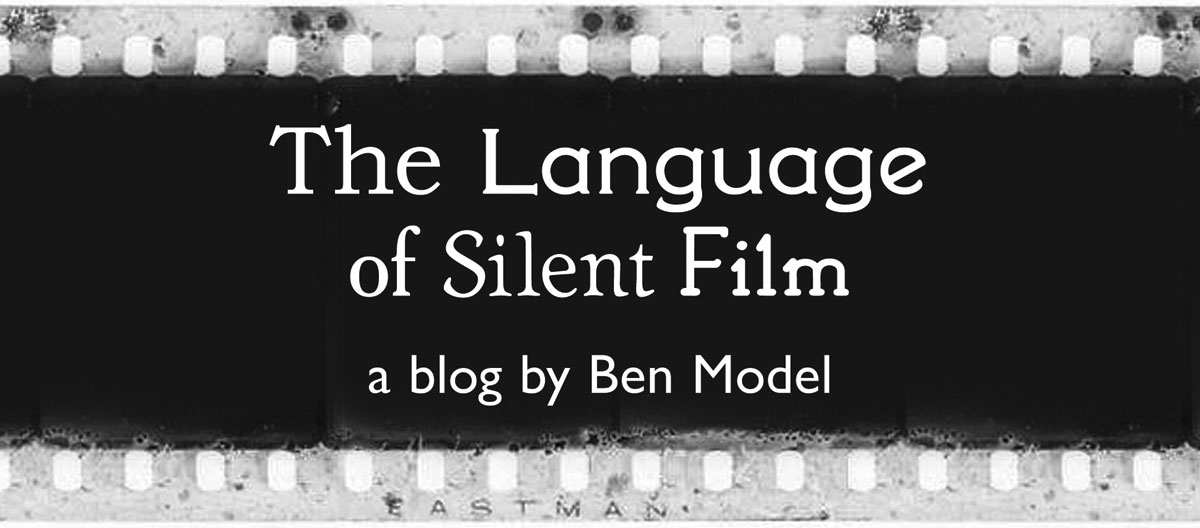I’d always been fascinated with and puzzled by the way silent movies are shown faster than they were filmed at and yet does not look like film that’s sped up. Pulling apart this gag in Chaplin’s “A Dog’s Life” pulled back the curtain, and revealed to me what that secret was. Why it hadn’t occurred to me before was also fascinating because it made complete sense.
Of course, the people who made movies knew the films were being shown at a faster speed in theaters. Even if they didn’t regularly see their own pictures, they certainly saw others’ and discussed them with each other. Not just actors, but the cameramen and directors and writers. They knew what speed they were cranking at on set and what speed films were being shown at.
I have found documentation on the two sets of film speeds, one for “taking” and one for projection — not lots, but enough, and every once in a while another nugget turns up — and while it’s unclear how this unique facet of Silent Film happened, it seems to have become pretty standard in the mid-1910s. More on the details and history in another handful of future posts.
For now, we’ll just go with where I was ten years ago, that the more I looked at silent film comedies at “cranking speed”, the more I saw exactly what I’d seen in the footage that Chaplin had had step-printed in 1959. This was,namely, the choice to move at a pace that appeared to compensate for the speed-up, as well as something else. Something unique to the medium of Silent Film, and something that came from a pair of stage-performance techniques.
The first, and this is the one that fascinated me the most, and continues to, is a type of sleight-of-hand. Again, no idea how or when this was realized, but it’s the secret to the difference between Charlie appearing to stupidly let each of the men cut in front of him over and over, and Charlie having these same people get the best of him, neatly scooting ahead of him in a split second without him being aware of this happening.
The speed-up of silent film creates an elision of time when there are quick movements. These brisk movements appear even quicker, especially when they are played against other performers’ slightly slower movements. Chaplin, Bergman and the rest knew that if Rollie Totheroh was cranking at 14 fps, and Charlie was walking at the pace he was and the other men were moving at the speed they were, Charlie could — in real-time — carefully allow them to get in front of him just as he was approaching the counter. All the while knowing when the film was projected at 80 feet per min or 20 fps, the speed-up would create the illusion that the men were suddenly slipping in front of Charlie, so quickly that he couldn’t catch a break no matter how many times he tried.
It was a physical gag that only existed in the slightly sped-up universe of Silent Film. Much the way a magician practices a sleight-of-hand maneuver over and over so that one part of their prestidigitation happens rapidly enough that the coin or card in their hand seems to appear or disappear, by magic.
There’s more to this time-elision technique, as far as both dramatic and comedy performances, and I’ll get to that next.
The first post in this series is here.
The previous post (#46) to this one is here.
